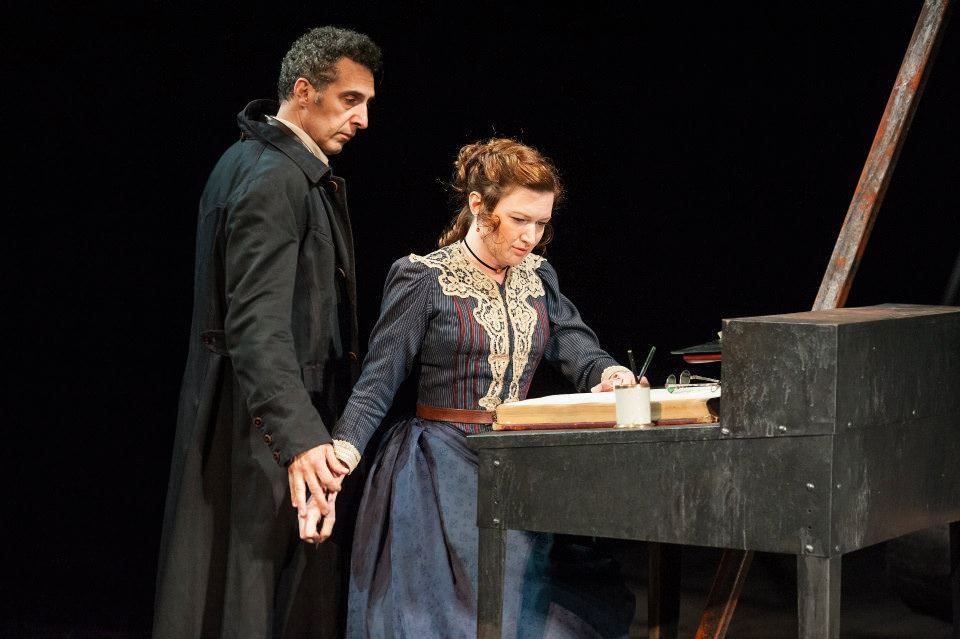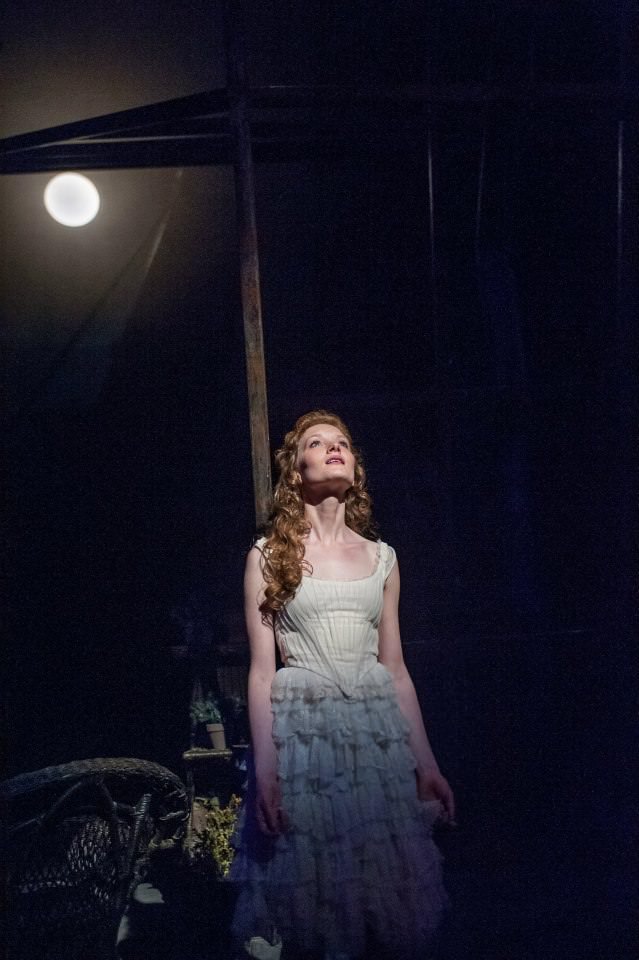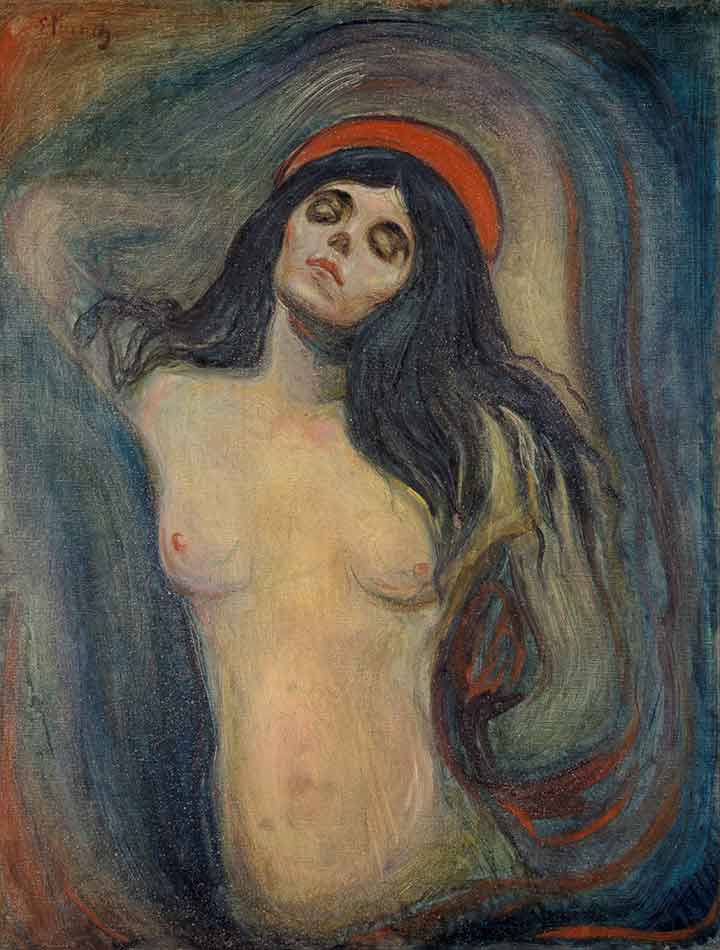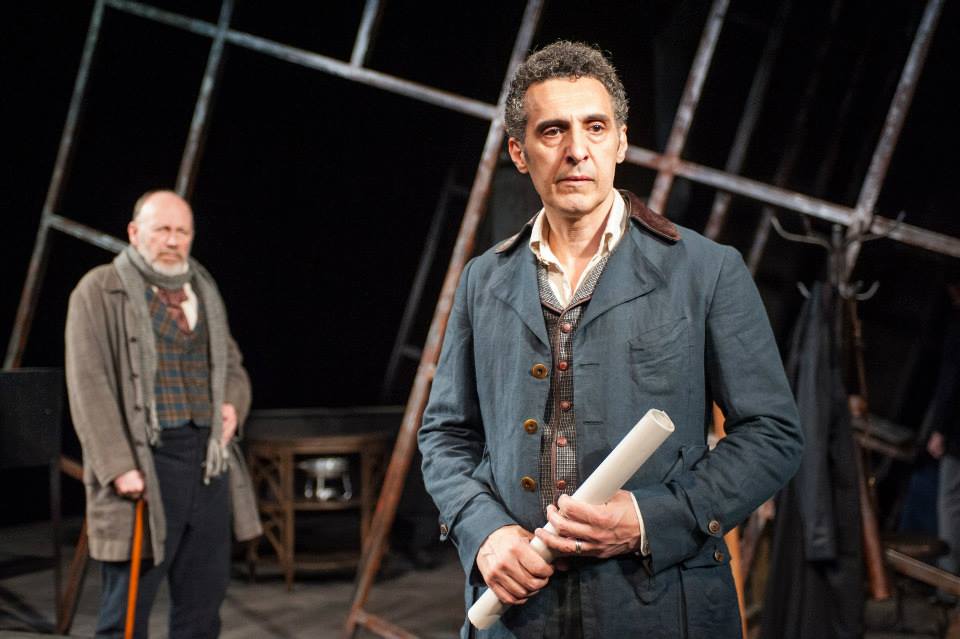The fact that many architects seem compelled to seduce and dominate those around them—whether patrons, junior partners, paramours, or some combination thereof—has been part of the popular image of the profession for much of the past century. The highly publicized extramarital-sex-and-murder scandals that embroiled Stanford White and Frank Lloyd Wright during the early 1900s ushered in an age when master builders began to comport themselves more like freewheeling Romantic artists than exacting Medieval masons.
By the late twentieth century, however, major architects flouted conventional morality without the professional repercussions suffered by Wright: Louis Kahn sired three children by three women, only one of them his wife; Rem Koolhaas has long commuted between a spouse in London and a mistress in Holland. And for decades, some of the most sought-after designers in the field have also been known for their cavalier treatment of not only their mates and closest collaborators but also their clients, who often believe they are fortunate to pay any price for proximity to greatness.
Henrik Ibsen had already anticipated these issues in his play The Master Builder, originally published as Bygmester Solness in 1892. This architecturally themed drama, currently being given a revival directed by Andrei Belgrader at the Brooklyn Academy of Music’s Harvey Theater, concerns the complicated relations—professional and personal—of Halvard Solness, an architect whose high reputation is matched by an all-consuming egotism that borders on, and perhaps crosses over into, the delusional. Ibsen vividly captures the underlying anxiety that seems to wrack even the most acclaimed architectural geniuses, who no matter how famous must vie for commissions before they can execute their art, and live in constant dread of challenges from younger, more forward-thinking talents.
For the Norwegian dramatist, whose exploration of interior life represented a major advance in modern theater, this late play was partly autobiographical, as he himself acknowledged: as Ibsen got older he became more obsessed with younger women, and there has long been speculation as to which of his youthful lady friends the character of Hilda Wrangel might be based on. Yet its larger subject also reflected an essential shift in the status and stature of builders in the burgeoning industrial age.
At one point in the play Solness explains that he must call himself a master builder rather than an architect because he has not officially qualified as the latter, a distinction that denotes his having apprenticed in an architect’s office rather than having attended a more prestigious architecture school. And his move away from designing churches to concentrating on family residences parallels the growing interest of the fin-de-siècle architectural avant-garde in private patronage, which welcomed innovation and experimentation far more than did the tradition-dominated public sphere.
The Master Builder connects with other cultural developments in Ibsen’s Norway. One crucial analog is the art of his countryman and much younger contemporary, the painter and printmaker Edvard Munch, whose haunting depictions of extreme, polarized archetypes—good and evil, young and old, female seductress and helpless male victim—are very much of a piece with the playwright’s sharply contrasting characters.
It is easy to think of this play’s three female roles in terms of Munch’s 1895 painting (and 1899 lithograph) Woman in Three Stages: its trio of variously aged females might well represent the architect’s long-suffering but still adoring wife, Aline; his worshipful secretary, Kaja Fosli; and the twenty-three-year-old free spirit Hilda, who arrives out of nowhere to claim what she says is the architect’s decade-old vow to make her his “princess”—promised, she says, when he built a church in her home village and then topped it out in an enthralling act of erotic bravado that she has never forgotten. Sometimes a steeple is not just a steeple.
Regrettably, either because of miscasting in the Brooklyn revival’s title role—John Turturro as the middle-aged architect Halvard Solness—or some more fundamental structural flaw in the play itself, this production does not seem in any way believable. It is convincing neither as a study in self-deception (evidenced by Solness’s increasing conviction in his imagined magical powers) or even as yet another stereotypical melodrama of man’s inability to resist feminine wiles.
For decades, the original Englishing of The Master Builder, by the British theater critic William Archer, was standard, though understandably it became perceived as somewhat stilted a century on. However, the 2010 translation by the British playwright David Edgar, used for the new staging, strikes me as far too contemporary-colloquial sounding, with, for example, the title character “signing off on” architectural drawings and the jeune-fille-fatale (played by Wrenn Schmidt, of the HBO series Boardwalk Empire) exclaiming “Wow!” like some latter-day fjord girl.
Advertisement
Schmidt, with her untamed blonde tresses and pretty face, could make her sexual appeal palpable just by standing there, but so overplays her part that she seems less a country-girl temptress than an overeager trainee in a Christiania brothel. Her creamy thighs, visible beneath a camisole-like white dress and above mid-calf high-heeled boots, flap in suggestive unison with some of Ibsen’s more provocative lines, to unintentionally comic effect. Munch comes to mind yet again: his bare-breasted, flowing-maned Madonna (depicted in several versions between 1892 and 1895) exhibits the same mixture of allure and menace that Ibsen confers on this Norwegian succubus.
More credible in the BAM mounting are Solness’s wife Aline, finely portrayed by Katherine Borowitz (who is married to Turturro); the master builder’s amanuensis, appropriately imbued with both slavishness and possessiveness by Kelly Hutchinson; and the affable family physician, Dr. Herda, sympathetically conjured by Ken Cheeseman. The production was designed by Santo Loquasto, whose revolving unit set is dominated by a large, tilted modular framework that brings to mind a Deconstructivist jungle gym by Peter Eisenman. Furnished with period furniture, this anachronistically modern contraption becomes, by turns, the architect’s office, the sitting room in his home, and the conservatory attached to it.
The fatal weakness in this cast is Turturro, best-known for his superb work in the Coen Brothers’ Barton Fink (1991), The Big Lebowski (1998), and O Brother, Where Art Thou? (2000). Instead of calling on the coiled intensity that animated his turns in those oddball movies, here he shouts like a late-phase Al Pacino understudy. Yet for all its bluster and bellowing, Turturro’s performance has an oddly closed-off quality, inward in the wrong way, without any of the necessary power and magnetism that might explain why everyone around Solness accedes helplessly to anything he wishes.
By 1892, the 64-year-old Ibsen was already so well established as a dramatist—in the year after its completion, The Master Builder would be performed in Berlin, London, Paris, Copenhagen, Stockholm, Milan, and Amsterdam as well as Oslo—that, like his protagonist, he might have imagined himself to be in command of almost supernatural powers of creation and self-actualization. Yet this latest staging indicates that his insights into the human condition were much more acute when trained on the plight of hearth-bound women like Nora in A Doll’s House and the title character of Hedda Gabler rather than the macho wish-fulfillment of a house-building, home-wrecking bully.
The Master Builder is playing at BAM through June 9.






